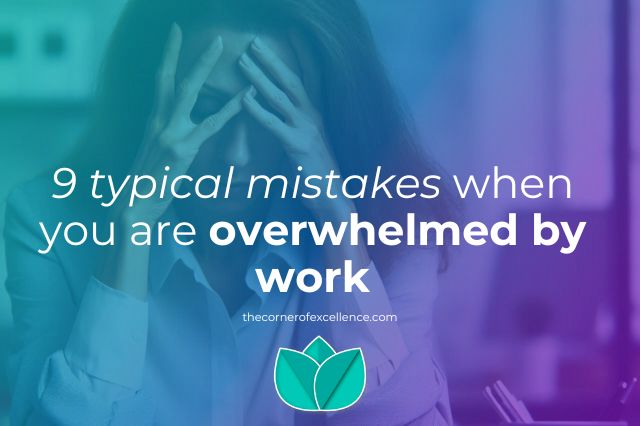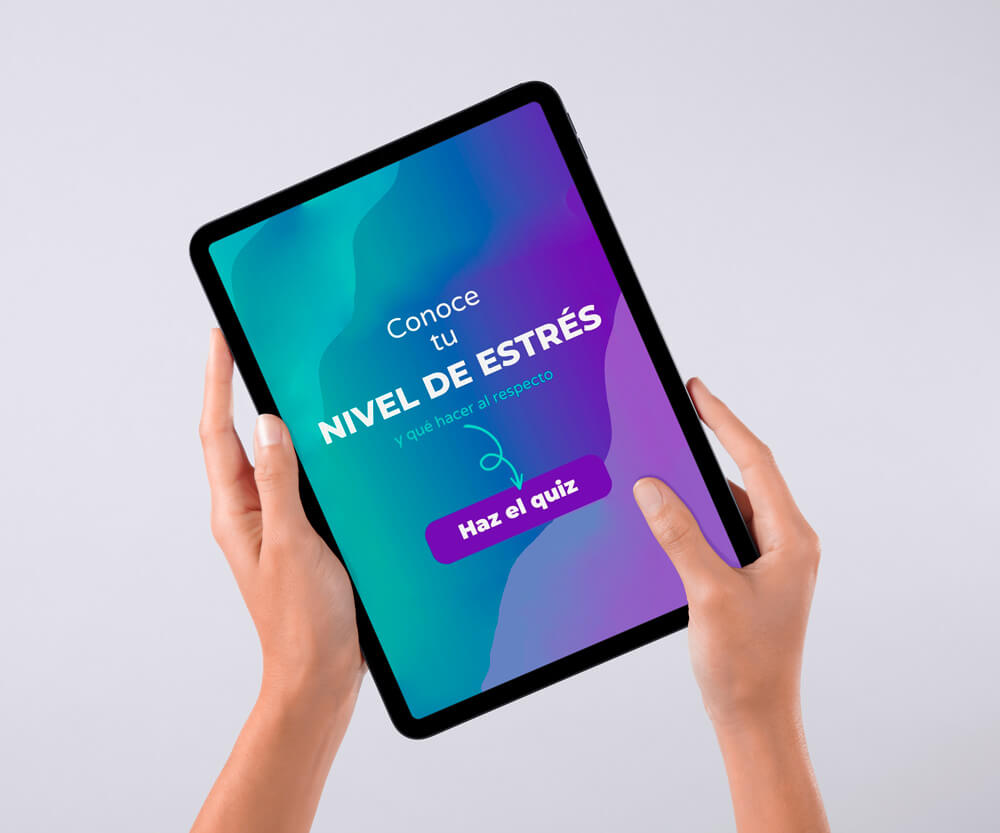Do you find it difficult to achieve what you wish and intend? Be it establishing a good habit, fulfilling a wish, or reaching a goal. Do you want to make a change in your life but you cannot put yourself to it?
Well, there is a strategy that can help you with this: the WOOP method.
Let us see what WOOP is as well as why and how it can help you motivate yourself and achieve what you want.
What is the WOOP method
It is a mental strategy based on more than twenty years of scientific research on human motivation. The WOOP method was created by Gabriele Oettingen, professor of psychology at New York State University and the University of Hamburg as well as the author of the book “Rethinking Positive Thinking.” She has been studying human motivation for many years and has detected shortcomings to the so trendy positive thinking.
They tell us to think positive and be optimistic. That we should avoid negative thoughts. But studies have shown that positive thinking can reduce the energy we need to take action. Imagining our wishes is fine. But dreaming about what we want is not enough to achieve it. According to Oettinger, it is precisely the obstacles that can help us achieve what we want.
The problem of positive thinking
Visualising a positive future or how we will feel if we achieve something can help us to believe it possible. Our brain does not really distinguish between imagining something with all detail and actually doing it. This is why athletes use visualisation to prepare for competitions.
The problem arises when our brain gives us the feeling that we have already achieved something because it has already experienced it in detail in our imagination. As Gabriele Oettinger found in studies, positive thinking and visualisation can give us a sense of satisfaction. This lowers our blood pressure and relaxes us. Then we lack the energy to work for what we want to achieve.
Why use the WOOP method
That is where the WOOP method comes in. It is a mental contrasting strategy. So, it supplements positive thinking with a reality check.
Not only does it help us visualise what we want. It also takes into account the obstacles that could arise. In this way we will feel more motivated and able to make clear decisions and take action.
Conscious visualisation creates mental associations in our subconscious that help us motivate ourselves, improve our performance, and increase the energy required to work on what we want to achieve. The WOOP strategy helps us to programme ourselves to act in the way that allows us to fulfill what we set our mind to.

What does WOOP mean?
WOOP is an acronym that is composed of:
Wish
Outcome
Obstacle
Plan
It is a 4-step strategy to visualise what we want; what we want to achieve and how we will feel then; what can prevent us from it; and what we can do to overcome those obstacles.
What is the WOOP method for?
WOOP can help us fulfill wishes that matter to us but whose realisation is causing us some difficulty. These are wishes that pose a certain challenge.
It also helps us determine if a certain desire or goal really matters enough to us or if it is the right moment to work on it. By considering the obstacles that hold us back, we can determine whether they seem insurmountable or something we do not want to face at this time.
With this, the WOOP method can help us prioritise what we want to achieve and what we want to dedicate our efforts to.
It also helps to change certain habits and implement new good habits. Finally, by clarifying our wishes and possible obstacles and then establishing a plan, we also reduce procrastination.
How to practice the WOOP strategy
Once we have seen what the WOOP strategy is as well as why and what to use it for, let us see the steps in which it consists.
Wish
First of all, think of a wish that matters a lot to you. It should be a wish or goal that is a challenge for you but that you can achieve. Visualise it and then summarise it in 3 to 6 words.
Outcome
Second, think about the desired result. What do you want to achieve fulfilling that wish? How will you feel when you manage to do so?
Again summarise it in 3 to 6 words. Then take a moment to immerse yourself in the feeling that reaching that goal or dream will cause you. Try to visualise it in detail.
Next, let us look at the steps that positive thinking obviates but that are the ones that make all the difference. They are the ones that considerably increase our motivation and our chances of achieving what we want.
Obstacles
The third step is to think about the obstacles that may arise. What keeps you from fulfilling your dream? Which difficulties could you face? What worries or scares you? What stones will you find in your way, due to the circumstances, your environment, but especially due to possible internal barriers?
Again try to summarise the main obstacle in 3 to 6 words. Then focus and try to experience those barriers and concerns.
Plan
The last and fourth step is to think of strategies to overcome the obstacles. To do this, consider these questions: What can you think or do to overcome that obstacle? When will the obstacle appear next time?
Prepare for these situations with an “if X happens, then I will do Y” plan.

An example applying WOOP
Let us look at the steps with a concrete example of implementing a good habit. Let us say you want to be more present. You notice that you get easily distracted. You have a hard time paying attention to conversations because your mind wanders. As well, you find it difficult to pay proper attention to your family because after work you keep brooding about work-related issues.
So your wish is to learn to practice mindfulness. You imagine enjoying yourself more with your family and also being more productive and focussed at work.
The desired outcome is to be calmer and more focussed. In general you want to be more attentive and present.
The obstacles you face are that you think you do not have time to practice mindfulness exercises. You also feel that there is always something important that you have to do.
So your plan is to schedule time for the exercises. In the morning you will get up 15 minutes earlier to meditate before having breakfast. Then throughout the day you set alarms on your mobile phone to pause to breathe mindfully.
Remembering the obstacles, your “If … then …” plans could be as follows. If I feel like I do not have time, then I reserve time slots in the agenda as if it were just another meeting and I remind myself that later I will be calmer and more focussed so I will perform better.
If I feel like I have something more important to do, then I will question myself whether it really is more important than my well-being and my family.
Additional considerations
As Gabriele Oettinger says, take your wishes seriously because they arise from unmet needs. The WOOP method requires some practice at first. But once you get the hang of it, it serves you for short and long-term wishes and goals of all kinds.
In case your wish may seem too great, consider if you can break it down into smaller goals.
The same goes for obstacles. If you are overwhelmed by obstacles or there is one that seems unsurmountable, consider whether you can first choose one to work on or divide the obstacle into several smaller ones.
It may also happen that you realise that your wish no longer convinces you, that it no longer seems authentic. I mentioned earlier that the WOOP method can also be used to check wishes. Maybe what you thought you wanted was something imposed by your environment, something you thought you should desire.
But it is all very well to admit that you do not really want it. Instead of wasting time working on a wish that you do not really care about, discard it and focus on another one that really motivates you.
On the website Woopmylife.org you can find information on scientific studies carried out on motivation in different areas of life. You will also find videos with examples of the WOOP practice as well as support material and links to the app to practice the WOOP strategy.
What do you desire?
What are your wishes? Which ones are difficult for you to reach? Do you think the WOOP method can help you with this? Will you try it?

Sharing is caring!




